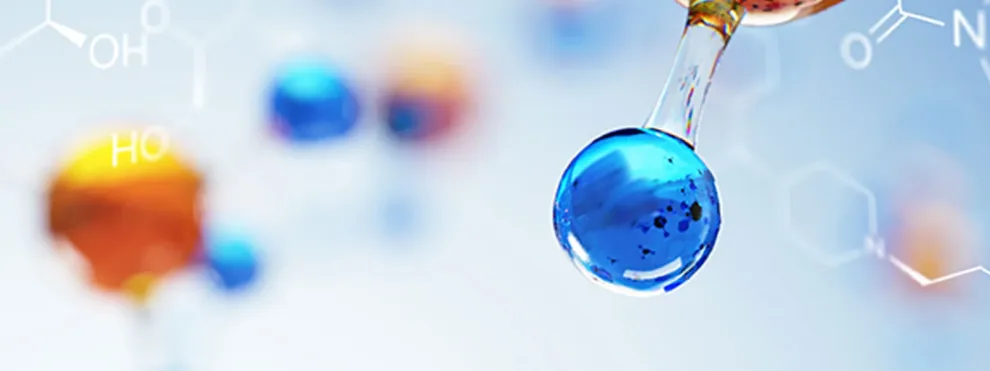To read part one of this 2-part series, click here.
With increasing focus on large molecule therapeutics and interest in large molecule biomarkers it’s essential to have LC/MS available as a complimentary technology to ligand binding approaches. LC/MS can often provide enhanced selectivity when ligand binding methodologies see interferences and it comes into its own when we’re looking at minor sequence changes or there are limited reagents available.
As mentioned in Part 1, the quantitation of intact large molecules by LC/MS, although possible, tends to be inadequate in terms of meeting sensitivity needs once we go beyond a molecular weight of ~6 to 10,000 Da. Using digestion to produce peptides that can then be used as “surrogates” for the large molecule gives a bottom-up approach to quantitation. This greatly increases the range of entities we can look at using LC/MS. Predictable cleavage at specific amino acid residues based on a chosen enzyme gives flexibility in identifying a suitable surrogate. The aim is to find not only a peptide that is specific to the target protein but is produced in sufficient quantity to allow us to measure it quantitatively to low levels. Addition of an extended labeled version of the target peptide prior to digestion provides an internal standard for all subsequent steps.
Bioanalytical LC/MS flows from extraction to chromatography to detection. We can take advantage of optimization of each step to increase the overall sensitivity of the assay. Hybrid LC-MS/MS starts with an immunoaffinity based enrichment step using antibodies to give a very selective clean-up approach.
Our team at KCAS has considerable experience with chromatography using reduced column dimensions. It’s possible to see significant sensitivity gains by moving to microflow or nanolitre per minute flow rates with narrow bore chromatographic columns. The extent of these gains are compound dependent. However, nanoflow chromatography will tend to involve longer cycle times so it’s optimal to investigate higher flow regimes first.
In mass spectrometry, selectivity can be key to sensitivity where good signal to noise is a benefit of low background. The measurement of mass to charge on a peptide can help here. If the chosen peptide has multiple charges it may be possible that a lower mass fragment ion carries less charges so it actually appears at a higher m/z. Matrix compounds are unlikely to replicate this pattern so the background can be much reduced making peak detection of the analyte of interest easier.
Ultimately, the best way to provide solutions for large molecule quantitation is to have hybrid LC/MS and ligand binding assays available. The team at KCAS is excited to contribute towards this rapidly expanding field.
I hope that you have enjoyed this two-part blog.

